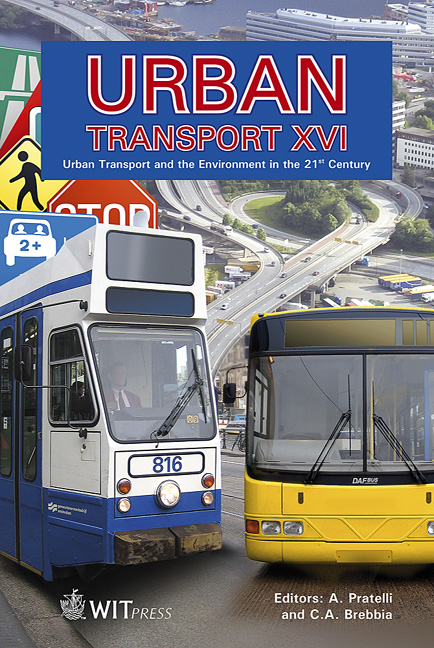Dynamic Approaches To Demand Model In Evacuation Conditions
Price
Free (open access)
Transaction
Volume
111
Pages
10
Page Range
303 - 312
Published
2010
Size
211 kb
Paper DOI
10.2495/UT100271
Copyright
WIT Press
Author(s)
F. Russo & G. Chilà
Abstract
Simulation of evacuation demand in some emergency conditions requires the use of dynamic models, among which sequential dynamic discrete choice models represent a special class. Sequential dynamic discrete choice models are based on discrete choice model theory and on sequential analysis, a statistical approach which allows one to analyze the given dynamic phenomenon in the sample database and to highlight, if it exists, a specific lag. This work is subdivided into two main parts. In the first part we propose an analysis of evacuation conditions requiring a dynamic approach and a state of the art of literature models which deal with these. In the second part we propose a brief description of sequential analysis and we introduce a sequential dynamic discrete choice model to simulate evacuation conditions. Keywords: evacuation conditions, sequential dynamic demand model. 1 Introduction Demand models are a fundamental tool for solving most problems in transport systems planning and management. Several mathematical models to simulate transport demand are proposed in the literature. These are based on various assumptions and can be subdivided in relation to different elements: type of choice implicitly or explicitly simulated by the model; approach taken for simulating travel demand, i.e. the reciprocal conditioning of decisions; basic assumptions of the models, which can be behavioural if they derive from explicit assumptions about user choice behaviour, or descriptive otherwise. In most cases, these models belong to discrete choice models, which are defined in
Keywords
evacuation conditions, sequential dynamic demand model





